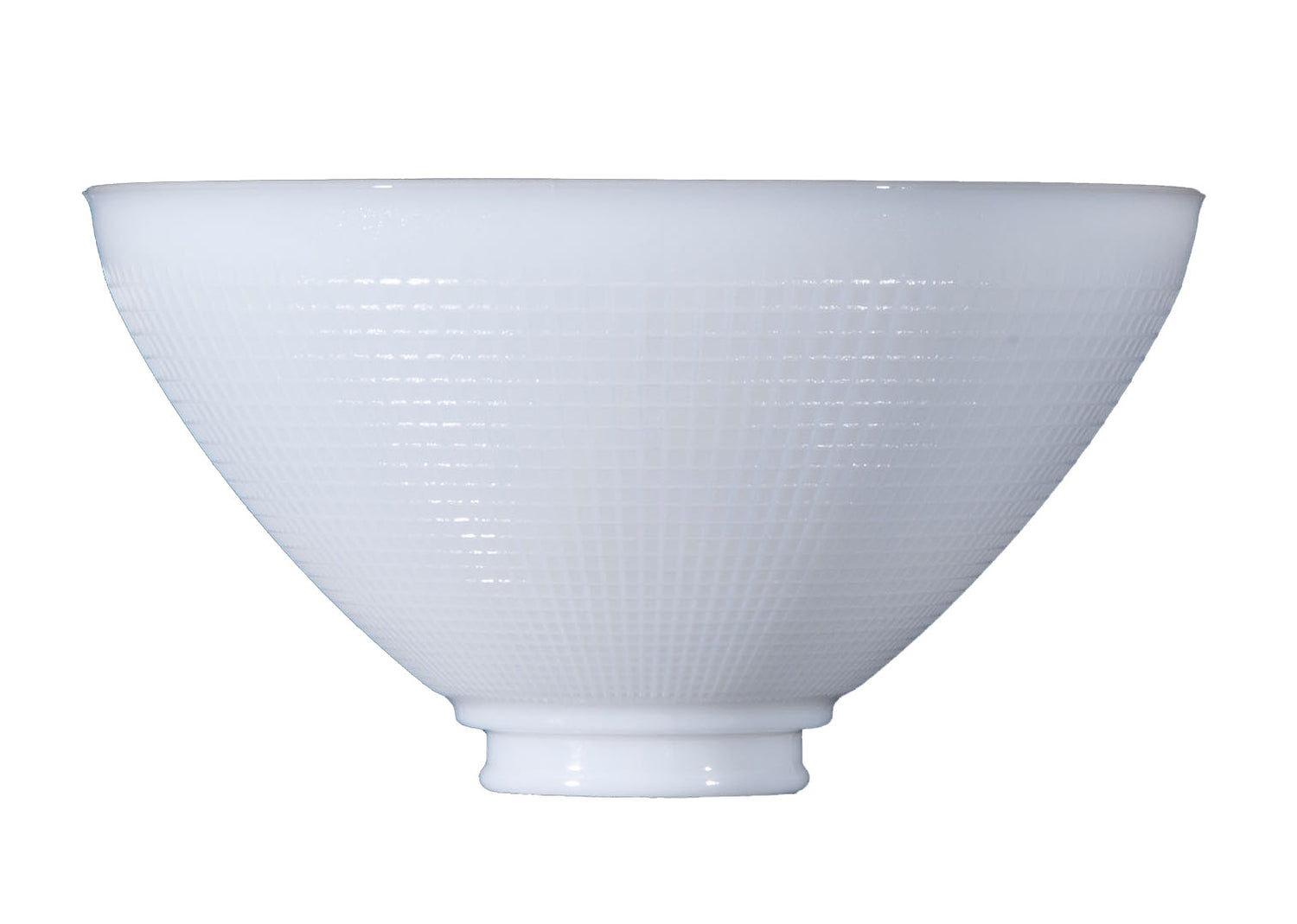Determining the Necessary Wattages
People usually spend most of their adult lives buying incandescent bulbs, because they can comfortably choose a light bulb based on wattage rating. Although incandescent bulbs are gradually being replaced by more energy-efficient light emitting diode (LED) light bulbs, it is critical to understand what wattage is and how it works. Many consumers make the mistake of grabbing whatever spare light bub they have on hand. However, all light fixtures have maximum wattage ratings that are important to follow. Whether you have a light fixture that needs a bulb replacement or you are hoping to learn more about wattage altogether, we are here to help. In this guide, we explain how to determine the necessary wattage for a light fixture and how to find the right bulb to suit your needs.
What is Wattage?
Wattage is a measurement of electrical power. In other words, power is a metric of the rate at which energy flows. It can be helpful to think of watts as the equivalent of a miles-per-hour measurement in an electrical sense. One watt is also equivalent to one joule per second. Although the Federal Trade Commission and other sources no longer view wattage as a reliable way to gauge bulb brightness because of the advancements in LED technology, wattage still plays an important role when buying incandescent bulbs. If you have a light fixture that isn't as bright as you want it to be, you can create a serious safety hazard by replacing the old, low-watt bulb with a high-watt bulb.
Wattage Safety Issues
One of the most important considerations of choosing a light bulb is making sure the wattage rating does not exceed the rating of the fixture itself. Determining the necessary wattage can be tricky, but there are several steps you can take to make it safe and as painless as possible. All the sockets you find in light fixtures have maximum wattage ratings, because anything above that rating can be dangerous. For example, a 100-watt bulb in a 60-watt light fixture will draw more power through the wires than they are designed to handle. Not only can this mistake pose the risk of electrical fire, but it can also damage your fixture's sockets or wiring.
Light Fixture Ratings
When you buy a new lamp at the store or your local secondhand shop, you will likely notice ratings and other lighting facts printed right on the light bulb socket. This cautionary guideline will tell you the maximum watts of the light fixture and help you determine what kind of bulb to get. If a light fixture has more than one light bulb, there may be a total wattage rating listed. In this case, you will need to double check that the total wattage of all the light bulbs you select does not exceed the maximum rating of the entire light fixture. You need to ensure that the combined heat of all the light bulbs you use is not enough to damage the single light fixture or penetrate the insulation.
Incandescent, compact fluorescent (CF), halogen, and LED light bulbs come in a wide variety of wattage ratings. The wattage rating of an LED light bulb will always be less than the wattage rating of incandescent or halogen bulbs, even if they are equal in brightness, which is measured in lumens instead of watts. Both CF and LED light bulbs are generally labeled in a way that explains how they compare to standard light bulbs. When you match a light bulb's wattage to the socket rating of a light fixture, you should pay attention to only the smaller, actual wattage rating of a CF or LED bulb.
Symptoms to Monitor
If you detect a burning smell or see any scorch marks on your light fixture, you are likely exceeding the wattage rating. Shut the light fixture off before closely inspecting. If the lamp feels very warm to the touch, this could be problematic. You can't simply replace the bulb with one that has a lower wattage rating. Instead, you need to see whether there's been any permanent damage to the wires or insulation. Remove the mounting screws and move the light fixture away from the electrical box. Inspect the wires inside to see whether there are any melted or scorched wire nuts or insulation on the sheathing. If so, have a professional electrician inspect the fixture and reconnect the wiring.
We hope that this guide gives you the head start you need to determine the necessary wattage of your light fixture, so you can safely determine the best bulb for the job. If you have any questions or would like to learn more about the light bulb selection at Antique Lamp Supply, please contact us today for additional information.

